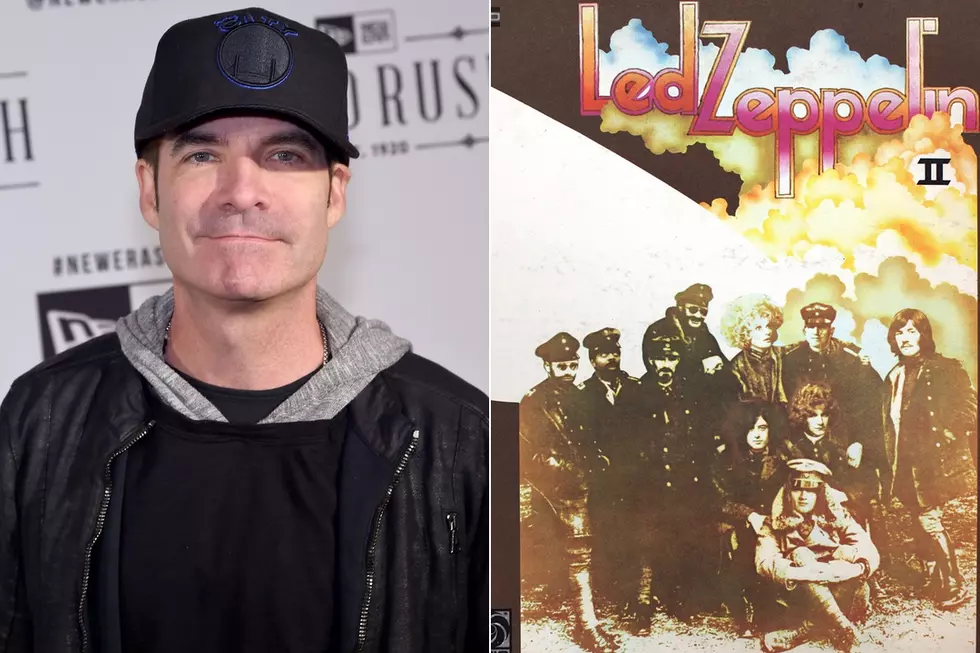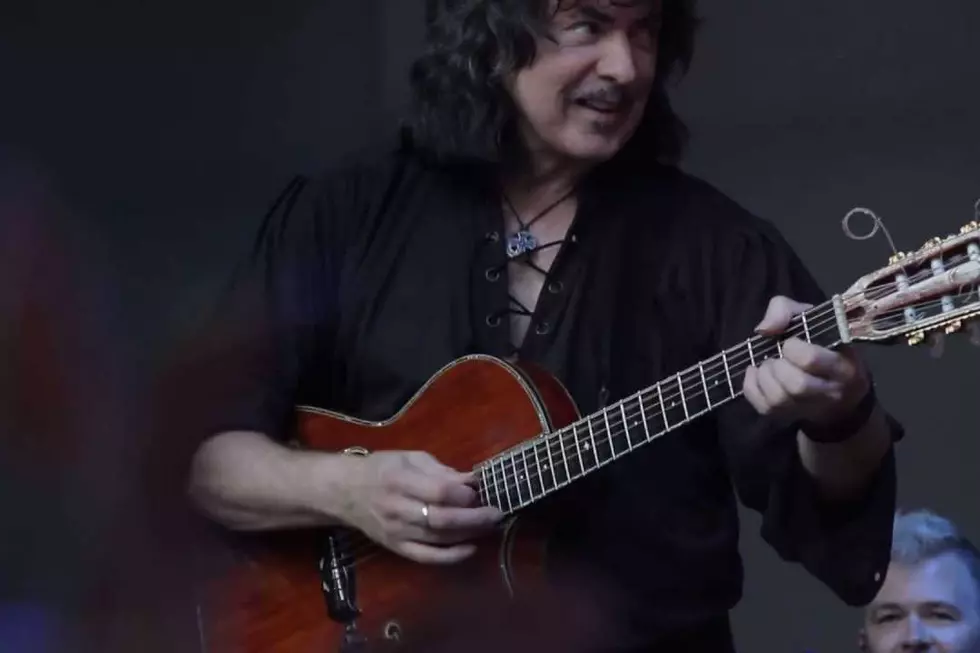
When Bob Dylan Went Electric on ‘Bringing It All Back Home’
Bringing It All Back Home was a pivotal album for Bob Dylan. It's the record where he made his tentative steps toward rock, while not fully abandoning the topical songwriting on which he made his name. In the process, the nation's best young protest singer became one of rock's toughest and most uncompromising artists.
Just seven months earlier, in August 1964, Dylan released his fourth album, Another Side of Bob Dylan, which already found him shifting from the socially minded folk music of his first three records -- 1962's Bob Dylan, 1963's The Freewheelin' Bob Dylan and 1964's The Times They Are a-Changin' -- toward relationship songs like "All I Really Want to Do" and "It Ain't Me Babe."
Bringing It All Back Home was an entirely different shift, one that would culminate four months later on July 25, 1965, when Dylan and his band plugged in at the Newport Folk Festival and played a brief set fueled by distorted electric instruments. According to legend, the folk audience was shocked and appalled, and probably just a bit miffed at the short set and the atrocious sound coming from the stage, which was equipped for acoustic music, not electric. Whatever the reason, Dylan was booed.
Anyone who had heard Bringing It All Back Home, which was released in March 1965, knew this was coming. From the opening "Subterranean Homesick Blues" to the side-one closer "Bob Dylan's 115th Dream," the first half of Dylan's fifth LP is mostly contempt, rage and rock 'n' roll fury. There's absolutely nothing Newport Folk Festival about it.
Turn it over, and things are closer to more familiar territory for fans who thought they had been betrayed by Dylan. "Mr. Tambourine Man" and "It's All Over Now, Baby Blue" bookended the album's four-song second side with sprawling acoustic numbers filled with the clever wordplay and engaging melodies that the young singer-songwriter was expanding with each LP. But this time they were bigger and grander, and had way more in view than Dylan's core folk audience.
Listen to Bob Dylan's 'Subterranean Homesick Blues'
Together, Bringing It All Back Home's 11 songs represent Dylan's first true artistic statement (though the same can be argued for The Freewheelin' Bob Dylan, to a point), an album partly made for fans, partly made for Dylan himself. Electric achievements like "She Belongs to Me" and "Maggie's Farm" cut with the other two acoustic songs sandwiched on side two ("Gates of Eden" and "It's Alright, Ma (I'm Only Bleeding)") strike a balanced and conciliatory tone that Dylan wouldn't revisit for decades. From this stage onward, Dylan's compromises would be his own.
But more than all of this, Bringing It All Back Home kicked off one of music's greatest triple plays. Within the next 15 months, Dylan would release two more classic albums -- Highway 61 Revisited, which followed in August, and Blonde on Blonde from mid-1966 -- that pretty much sealed his legend. Few artists in rock history have matched that scale and influence in such a short period. In a way, all these years later, Dylan is still trying to live it down.
And it was a hit. The album gave Dylan his first charting single, "Subterranean Homesick Blues," which reached No. 39, and his first Top 10 LP -- climbing all the way to No. 6 (The Times They Are A-Changin', his previous highest-charting record, made it to No. 20). Commercial success had little or nothing to do with Dylan's electric conversion, but it still must have felt like some sort of vindication after what he stirred up and what he would stir up in the coming months. Not that he needed the vindication. Bringing It All Back Home was merely the beginning. Dylan was just getting started.
Bob Dylan 'Bootleg Series' Albums
Why Don't More People Like This Bob Dylan Album?
More From 103.7 The Hawk










